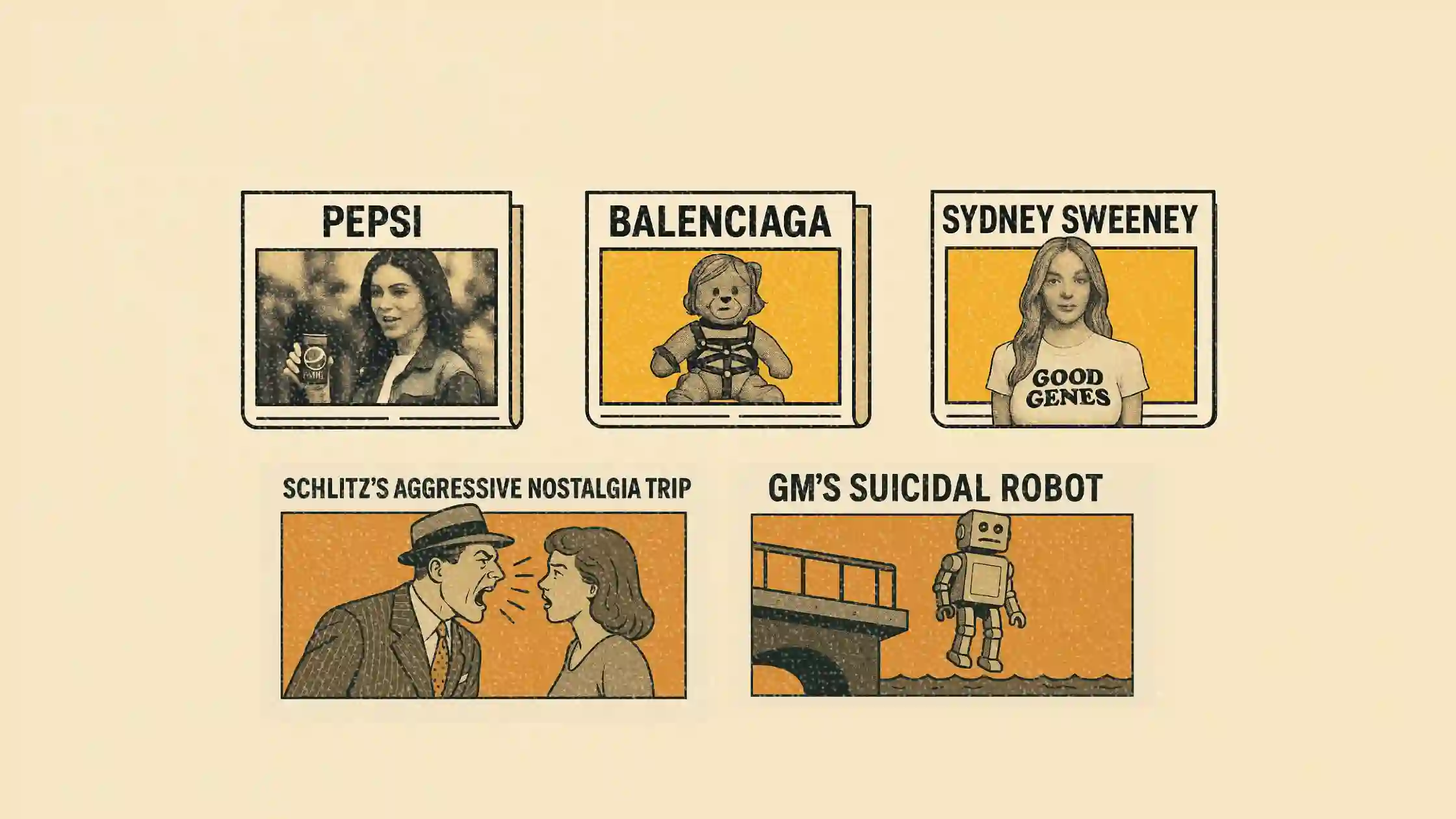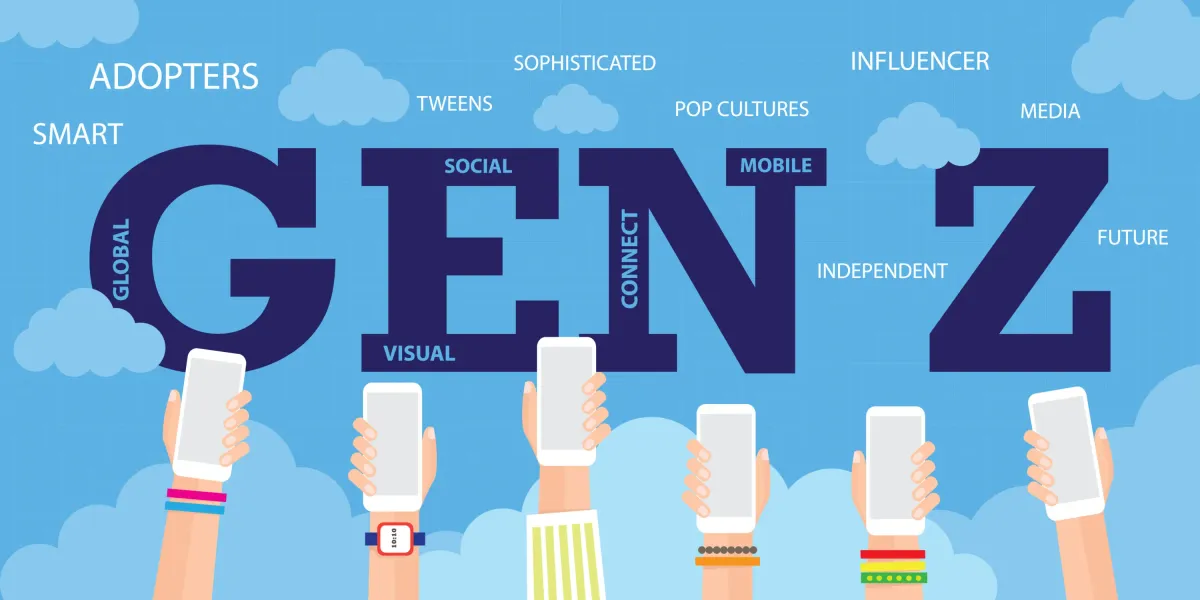When brand ad campaigns fail
These infamous marketing campaigns sparked backlash instead of buzz. Here’s what went wrong and what marketers can do better.

In the wake of American Eagle’s latest firestorm, sparked by Sydney Sweeney’s now-infamous "good genes" campaign, it’s worth revisiting a hard truth: in marketing, sometimes the backlash speaks louder than the message.
While some praised the ad for its retro simplicity, others accused it of glamorizing exclusionary beauty standards and even flirting with eugenics-adjacent language. The controversy erupted across social channels, and AE is now busy damage-controlling a brand moment that spiraled out of sync with current cultural sensibilities.
This article explores four other high-profile ad fails that left brands reeling and, more importantly, what marketers can take away from their mistakes.
Short on time?
Here’s a table of contents for quick access:
- Kendall and Pepsi save America (badly)
- GM’s suicidal robot
- Balenciaga’s NSFW teddy bears
- Schlitz’s aggressive nostalgia trip

Kendall and Pepsi save America (badly)
The ad: A 2017 Pepsi campaign “Live for Now” featured Kendall Jenner diffusing a protest-police standoff by handing a cop a can of soda. The creative clearly referenced Black Lives Matter.
What went wrong: The backlash was immediate. Critics called the ad tone-deaf and exploitative. Martin Luther King Jr.’s daughter tweeted, “If only daddy had known about the power of Pepsi.” Pepsi pulled the ad within 24 hours and issued an apology.
Lesson for marketers: Never commodify civil-rights movements. It trivializes serious issues and undermines trust in your brand’s cultural awareness.
GM's suicidal robot
The ad: In a 2007 Super Bowl spot, GM portrayed a factory robot who loses its job over a dropped screw, then spirals into depression and jumps off a bridge.
What went wrong: Mental health advocates were outraged. The American Foundation for Suicide Prevention said the ad made light of suicide. GM eventually edited out the bridge scene.
Lesson for marketers: Tragedy and trauma are not punchlines. Be especially cautious when touching on mental health topics.
Balenciaga's NSFW teddy bears
The ad: In 2022, Balenciaga released an Instagram campaign featuring kids posing with teddy bears dressed in bondage-inspired accessories.
What went wrong: Critics accused the fashion brand of sexualizing children. The delayed apology and blame-shifting worsened the situation.
Lesson for marketers: Shock value is not a strategy. If you cross a line, take responsibility immediately and fully.
Schlitz's aggressive nostalgia trip
The ad: In 1977, beer brand Schlitz aired a campaign in which blue-collar tough guys threatened the narrator for suggesting they try another beer.
What went wrong: Viewers mocked the campaign as desperate and tone-deaf. Dubbed “Drink Schlitz or I’ll kill you,” the ads flopped, and the brand never recovered.
Lesson for marketers: Desperation is not a vibe. Consumers can smell it, and threats rarely inspire loyalty.
What marketers should know
In today’s hyper-connected world, one misstep can spread faster than your campaign message.
Here are a few principles to keep your brand in the clear:
- Understand the cultural moment
- Pressure test your message outside the boardroom
- Own your misfires quickly and honestly
- Don’t chase controversy unless you’re ready for the consequences
Marketers need to balance creativity with cultural awareness, ensuring their work resonates for the right reasons.




